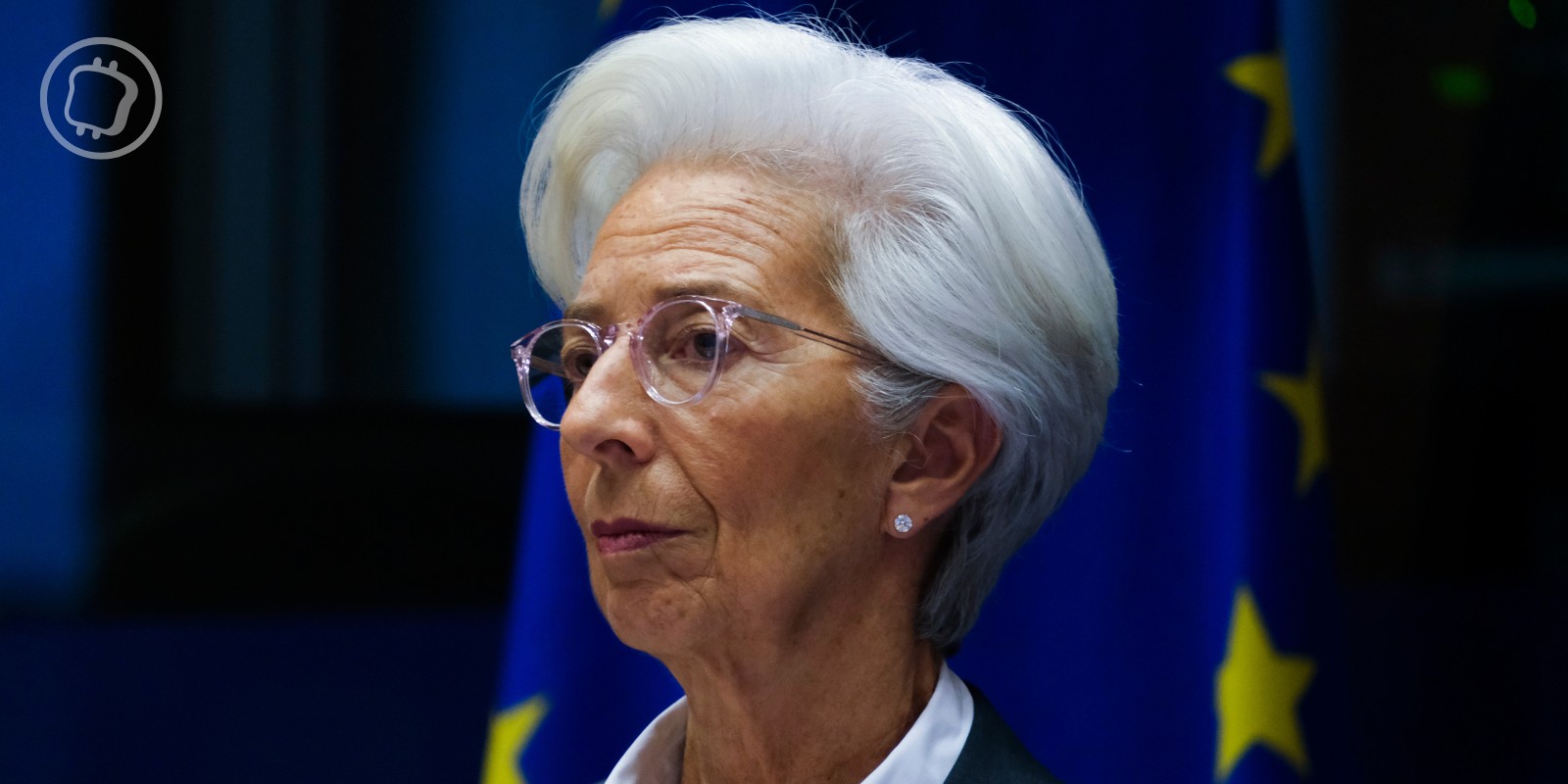Recently, the White House released the first-ever comprehensive framework for the responsible development of digital assets. This follows President Biden’s March 2022 Executive Order (EO) that outlined a series of policy objectives for the U.S. with respect to digital assets and called for the development of the framework and necessary inter-agency coordination.
In total, the framework included a series of reports, legislative proposals, future frameworks, and commitments for future reports.
The reports that have been released thus far:
The interagency work employed in the crafting of this framework and these reports demonstrates the first attempt by the U.S. government to comprehensively approach the topic of digital assets. While some in the industry hoped that the Administration would take this opportunity to embrace web3 technology and the many benefits it can bring to the U.S., it is an important first step. This framework demonstrates that long gone are the days when government agencies feel they can afford to ignore digital assets and the ecosystem they support.
Illicit Financing
First, we delve into the reports on illicit financing from the Department of Justice and Department of Treasury. A key part of Chainalysis’ work is helping government agencies investigate illicit financing in cryptocurrency and enabling cryptocurrency businesses to keep their platforms safe from bad actors so we read these reports with a keen eye. Here are some of the things that stand out in these reports:
Government agencies are increasingly building their capacity to investigate and prosecute crimes involving the illicit use of cryptocurrency
The report released by the Attorney General on The Role of Law Enforcement In Detecting, Investigating, and Prosecuting Criminal Activity Related To Digital Assets, in addition to outlining the different types of illicit activities they see using cryptocurrency, is filled with law enforcement success stories including the seizure of funds stolen from Bitfinex, the takedown of cryptocurrency mixer Helix, and a number of fraud prosecutions, among many others. The report also highlights a number of newer initiatives like DOJ’s National Cryptocurrency Enforcement Team (NCET) and recently-launched Digital Asset Coordinators (DAC) Network, the FBI’s Virtual Asset Unit (VAU) and the IRS’ Advanced Collaboration & Data Center (ACDC). These kinds of initiatives demonstrate that the federal government is working to become more agile and responsive enough to meet evolving threats.
Public-private partnerships are key to success in this space
Central to our work has been our collaboration with law enforcement partners to government agencies to detect, disrupt and, ultimately, deter illicit activity. DOJ highlights that public-private partnerships in this space have been massively successful. For example, they call out the important role of private companies, such as Chainalysis, in developing valuable tools that enable successful investigations: “Private sector actors also play a role in providing services to the government that may be difficult for the government to replicate at similar efficiency, such as blockchain analytics tools, which serve as a key component of almost any cryptocurrency-related investigation.” We are incredibly proud of our strong partnerships with law enforcement and glad to be able to support them in their investigative work, which makes the cryptocurrency ecosystem safer for all users and enables broader adoption of cryptocurrency.
There are still a number of challenges that investigators and prosecutors face
One of the challenges that the reports outline are disparities among legal frameworks for cryptocurrency businesses around the world. Chainalysis has published data detailing how threat actors have been able to take advantage of jurisdictional arbitrage opportunities to cash out illicit funds.
How is this possible? There are still a number of countries around the world that do not have AML/CFT requirements in place for cryptocurrency businesses, which enables bad actors to cash out ill-gotten funds without going through the sorts of customer due diligence processes customary here in the United States. The June DOJ report notes, “To effectively combat crime involving cryptocurrency and other digital assets, law enforcement must be able to rapidly obtain evidence concerning the crimes.” It specifically cites different record keeping standards and anti-money laundering/countering the financing of terrorism (AML/CFT) standards for cryptocurrency businesses abroad as a challenge that can impede or stall criminal investigations. It is vital to government investigations that law enforcement be able to obtain information from cryptocurrency businesses when cryptocurrency is exploited by criminals. When these businesses are in unregulated countries, this process becomes much more difficult and is not always possible. We have documented how ransomware actors and malign nation state actors have taken advantage of this.
The reports also call out challenges around the fast evolution of this technology, and the rapid growth of decentralized finance (DeFi) and non-fungible tokens (NFTs), which have provided ever-creative criminals with new avenues to explore traditional types of crime. They note in particular that the inherent transparency of DeFi – one of the primary features that makes it attractive to many people – “also allows malicious actors to identify and exploit vulnerabilities.” They further note that, “criminal elements can exploit even well-intentioned DeFi projects if there are insufficient controls to detect and prevent transactions involving funds derived from illegal activity or intended to facilitate criminal activity” and suggest that more controls may be necessary, but that because of the decentralized nature of these projects, “it can be difficult to identify a single person or entity who operates a DeFi platform, enforcing applicable statutory and regulatory obligations can be challenging.” Chainalysis has worked to provide tools, including free sanctions screening tools, to help DeFi businesses protect themselves from illicit actors who might want to take advantage of these platforms.
Treasury also called out anonymity-enhancing technologies, including mixers and privacy coins, as a challenge in some investigations. These sorts of advanced obfuscation technologies do make investigations more challenging and present an opportunity for further public-private partnerships. As we recently demonstrated in our work that led to the recovery of funds from the Ronan Bridge hack, it is possible to trace funds through mixers and seize them on the other side. This example underscores the importance of public-private partnerships in promoting our national security.
Protecting Consumers
Treasury’s Implications for Consumers, Investors, and Businesses report provides a deep dive into the crypto markets ecosystem, including terminology and different types of crypto entities. It goes into the market trends, uses, and opportunities in different categories like financial markets and products, clearing and settlement, and NFTs. It covers the risks and exposure for consumers, investors, and businesses, including things like fraud and scams, market manipulation, scalability tradeoffs, custody risks, and the evolving market oversight. It looks at the implications of these opportunities and risks for consumers, investors, and businesses, with an eye towards those aspects affecting populations vulnerable to disparate impacts. It closes with three recommendations:
- U.S. government agencies should continue to pursue illicit activity in this space and bring enforcement actions where appropriate,
- agencies should use their existing authorities to issue supervisory guidance and rules, and
- the U.S. should work to ensure consumers have access to trustworthy information about crypto assets.
This report is a reiteration of many past concerns we have heard from the Administration about the need to prevent scams, fraud, and manipulation in this space and the recommendations, which suggest that agencies leverage existing authorities and capabilities, do not indicate a change in strategy.
Competitiveness
One of the main themes of Commerce’s report on Responsible Advancement of U.S. Competitiveness in Digital Assets is that, as of now, the most dominant uses of cryptocurrency are trading, lending, and borrowing. It notes that while there is potential for crypto to be used to deliver other types of financial services, like payments at lower cost, higher speed, and without intermediaries, this has not materialized yet. The report lays out a framework and proposed actions for fostering U.S. competitiveness in digital assets.
There is a real opportunity for the U.S. to lead in this space, and it will be interesting to see how the administration acts on some of the items outlined in the report, including highlighting U.S. digital asset firms’ work in international fora; promoting greater workforce development; and pushing for the development of a Digital Assets R&D Agenda. We have seen countries around the world embrace cryptocurrencies and cryptocurrency technology. The United States has built and facilitated the safest and most mature financial system in the world and we have an opportunity to lead here again. The U.S. must embrace blockchain and web3 technology in order to maintain economic dominance and ensure its national security. Want to read more on our perspective cryptocurrencies’ role in competitiveness? Check out Chainalysis Co-Founder and Chief Strategy Officer Jonathan Levin’s testimony last week before a House Financial Services Subcommittee hearing.
U.S. Central Bank Digital Currency
The Treasury Department’s Future of Money and Payments report looks at the U.S. system of money and payments, including instant payments and stablecoins. It explores different design choices that a U.S. Central Bank Digital Currency (CBDC) could take and the policy considerations surrounding these choices. Treasury stops short of recommending that the U.S. should have a CBDC, but recommends that work should be advanced “in case one is determined to be in the national interest.” In the meantime, Treasury recommends that the U.S. focus on encouraging the use of instant payment systems, establishing a federal framework for payments regulation to protect users and the financial system, and prioritizing efforts to improve cross-border payments. It’s clear that Treasury believes that while there may be a place for cryptocurrency in payments, it will coexist with other forms of money and that any move toward a U.S. CBDC will be a slow one.
Climate
The recently-released reports include a report from the White House Office of Science and Technology Policy on Climate and the Energy Implications of Crypto-Assets in the United States. The report calls for more information to be collected about the industry and discusses cryptocurrencies’ electricity usage, efforts to reduce greenhouse emissions, and blockchain’s potential to improve energy use coordination. The White House is aiming to meet U.S. climate objectives of a 50% to 52% reduction in greenhouse gas emissions by 2030, a carbon pollution-free electricity system by 2035, and a net-zero emissions economy no later than 2050, and they express concerns about the energy intensity of the technology used. These are concerns shared by many in the industry; in fact, just this month we saw the Ethereum transition from a proof-of-work to a more environmentally-friendly proof-of-stake consensus mechanism. More data and information, as called for in the report, can help to inform sound policy and provide access to more renewable sources of energy.
What’s next?
Treasury outlines seven priority actions they will take, including ongoing monitoring, improving regulation and enforcement, and updating BSA regulations – including finalization of a rule that FinCEN proposed in October 2020 to amend the record-keeping and travel rule regulations under the BSA. This rule would lower the $3000 threshold for the requirement to collect, retain, and transmit information to other financial institutions. Treasury outlines opportunities for engaging with the private sector and supporting U.S. leadership in financial payments and technology.
As discussed in our recent webinar featuring some of the report writers from Treasury, Treasury will now undertake risk assessments on decentralized finance, followed by NFTs. In fact, Treasury recently released a Request for Comment in the Federal Register seeking feedback on the illicit finance and national security risks posed by digital assets.
DOJ’s September report includes five categories of regulatory and legislative actions that could enhance efforts to disrupt, investigate, and prosecute criminal activity related to digital assets. These range from strengthening certain laws and penalties, supporting proposed regulations that would enhance customer identification efforts and other AML requirements under the Bank Secrecy Act, and ensuring adequate training and resourcing of agencies charged with this work. In particular, DOJ proposes the facilitation of cryptocurrency forfeiture in appropriate cases and the strengthening of the Sentencing Guidelines applicable to certain BSA violations. In particular, the facilitation of cryptocurrency forfeiture is of increasing importance given how dramatic changes in the value of cryptocurrency can result in significant decreases in the value of seized cryptocurrency assets.
DOJ also calls for amendments to the BSA to make clear that its key AML/CFT provisions— including the obligations to have customer identification programs and report suspicious transactions to regulators—apply to NFT platforms, including online auction houses and digital art galleries.
Finally, it recommends ensuring that law enforcement and regulatory agencies receive the resources required to conduct—and staff—technologically sophisticated and data-driven digital assets-related investigations.
While there is plenty in these reports that will make industry members cautious – in particular suggestions around efforts to change reporting requirements or bring previously-unregulated entities within regulatory frameworks – there will also be many opportunities to provide feedback to these agencies and engage with them substantively on the technology and its unique characteristics. We hear repeatedly from industry peers that they do not believe that policymakers fully understand the technology they are trying to regulate. And these reports hint at the challenges that agencies have at developing the expertise to do so. This is an opportunity to engage and educate and work with the administration to promote guardrails that will both keep the cryptocurrency ecosystem safe and promote innovation that will allow this industry to grow here in the United States.
Interested in our work? Check out this recent article from Bloomberg on our efforts to build trust in blockchains.






